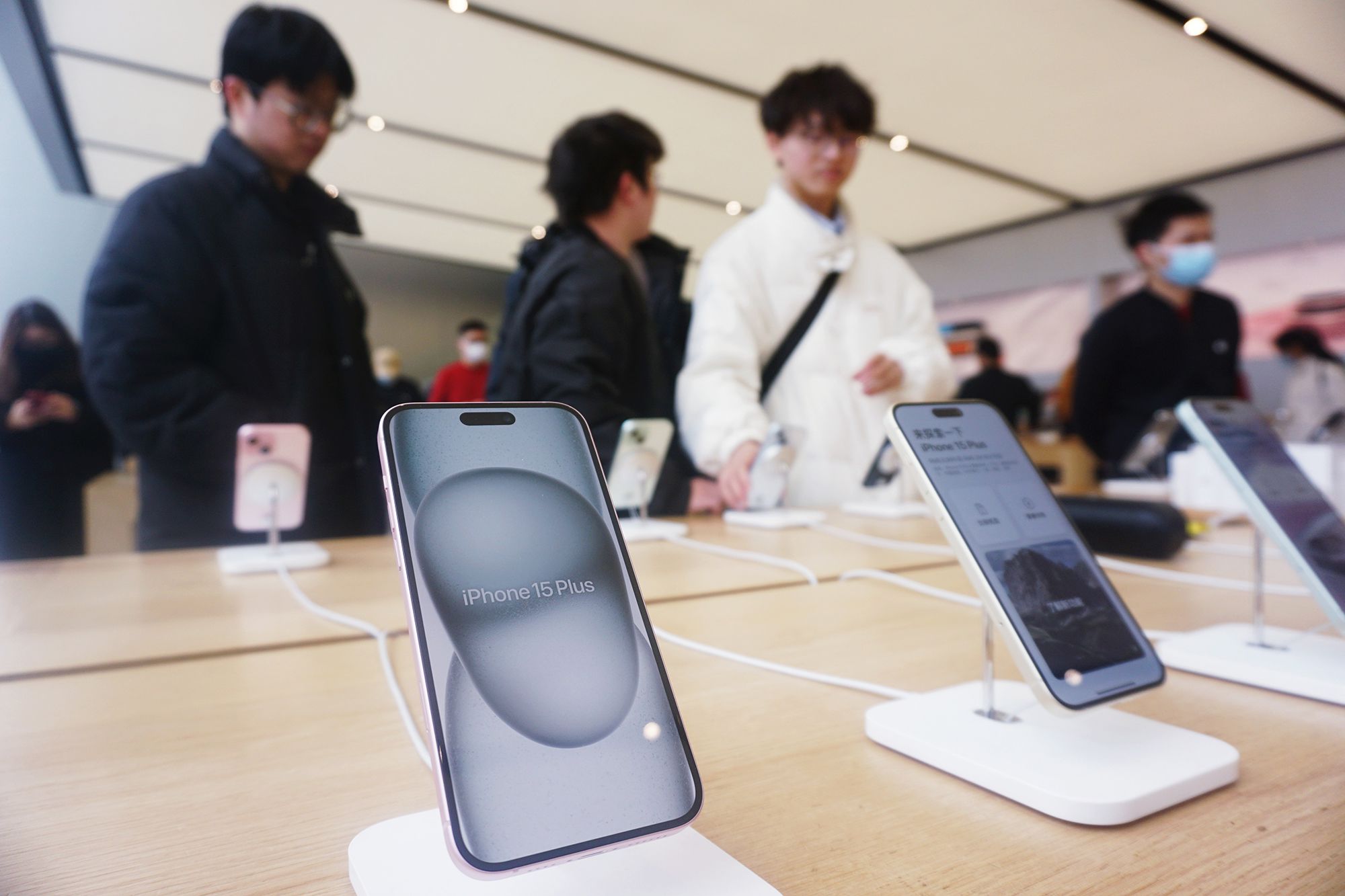Apple is promoting the migration of its production to India while China, which sees its industrial dominance threatened, tries to slow down this exodus
Apple is accelerating its plan to diversify iPhone production outside of China… with India as the main alternative destination. It is a story that goes back a long way but which is now stepping on the gas.
According to an extensive profile on this movement by the Financial Times , Apple is executing this move with extreme caution so as not to antagonize Beijing, which is wary of losing its dominant position in the global supply chain.
Why it matters. This manufacturing migration may end up being one of the biggest changes in the global economy in decades. For two decades, China has been the world’s factory and Apple’s main industrial partner, but Cook’s company needs to minimize its risks in the face of increasingly tense and complex geopolitics.
In addition to the fact that China no longer has the cheap labor that it had a decade ago, its wages have grown in step with its economy.

In figures:
- Indian production of the iPhone already accounts for 15% of the global total.
- It is expected to reach 25% by 2027.
- The Chinese province of Henan alone exports between 50 and 60 million smartphones a year, equivalent to the entire annual demand for the iPhone in its largest market, the United States.
The backdrop. This Apple strategy, known as “China Plus One,” began to take shape years ago. The reasons:

- Trade tensions with the US during Trump’s first term.
- The logistical problems during the pandemic, which cost Apple 8 billion in revenue.
- Chinese restrictions on the use of Apple devices by its officials.
- New tariff threats following the start of Trump’s second term.
Between the lines. Beijing is actively hindering this exodus by obstructing the movement of Chinese technicians to India. It is also restricting the export of critical equipment, blocking the entry of Chinese manufacturers into India and imposing regulatory obstacles on Apple services such as Apple Intelligence.
India, for its part, is seizing the opportunity:
- It has allocated 6 billion dollars to incentivize smartphone production.
- Tata, the largest Indian conglomerate, is positioning itself as a key partner of Apple.
- Tamil Nadu and Karnataka are competing to attract investment.
- iPhone 16s are already being manufactured in India. This is a major milestone for the country.
In summary, Apple needs to balance this transition very delicately. China remains vital to its supply chain, but a company like Apple cannot afford to depend on a single country in an increasingly volatile geopolitical context.









